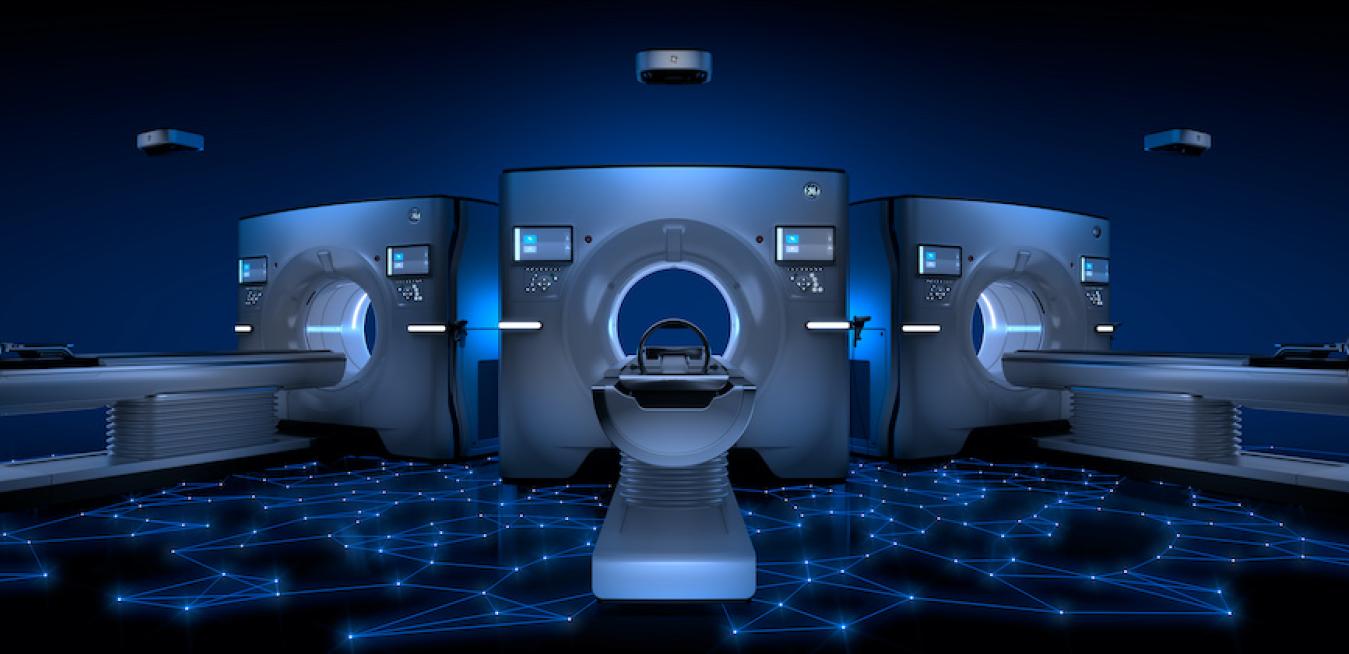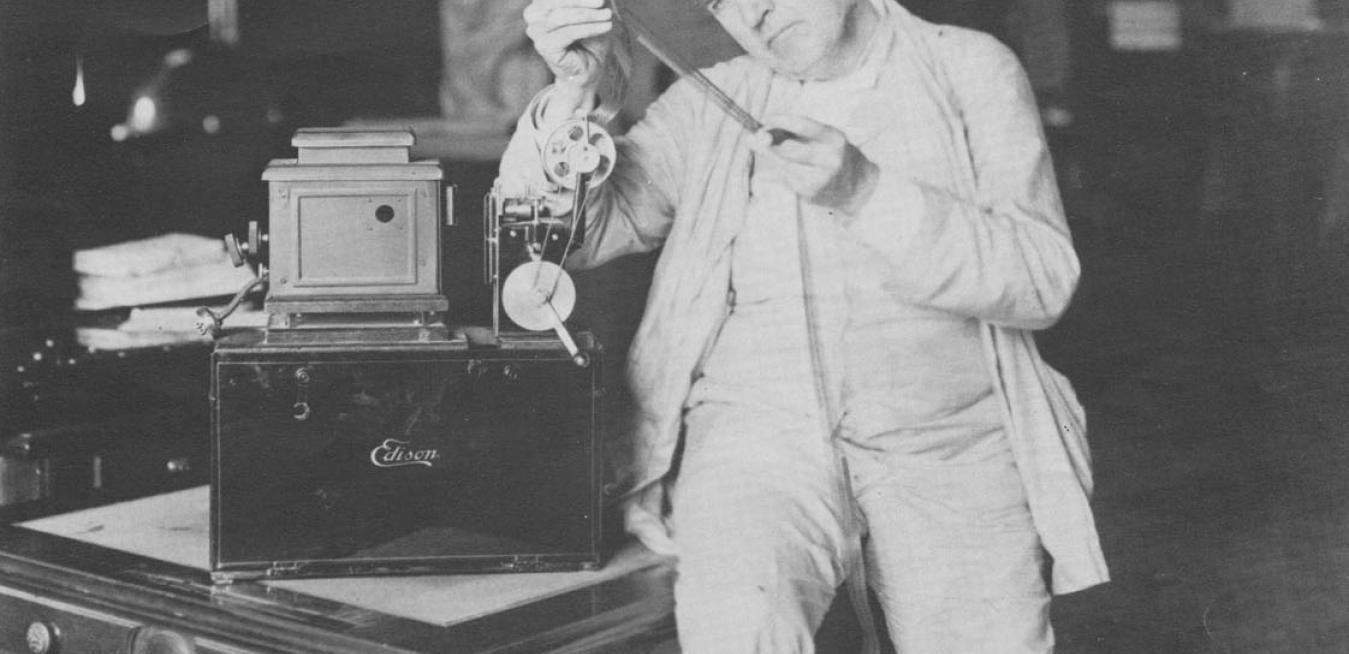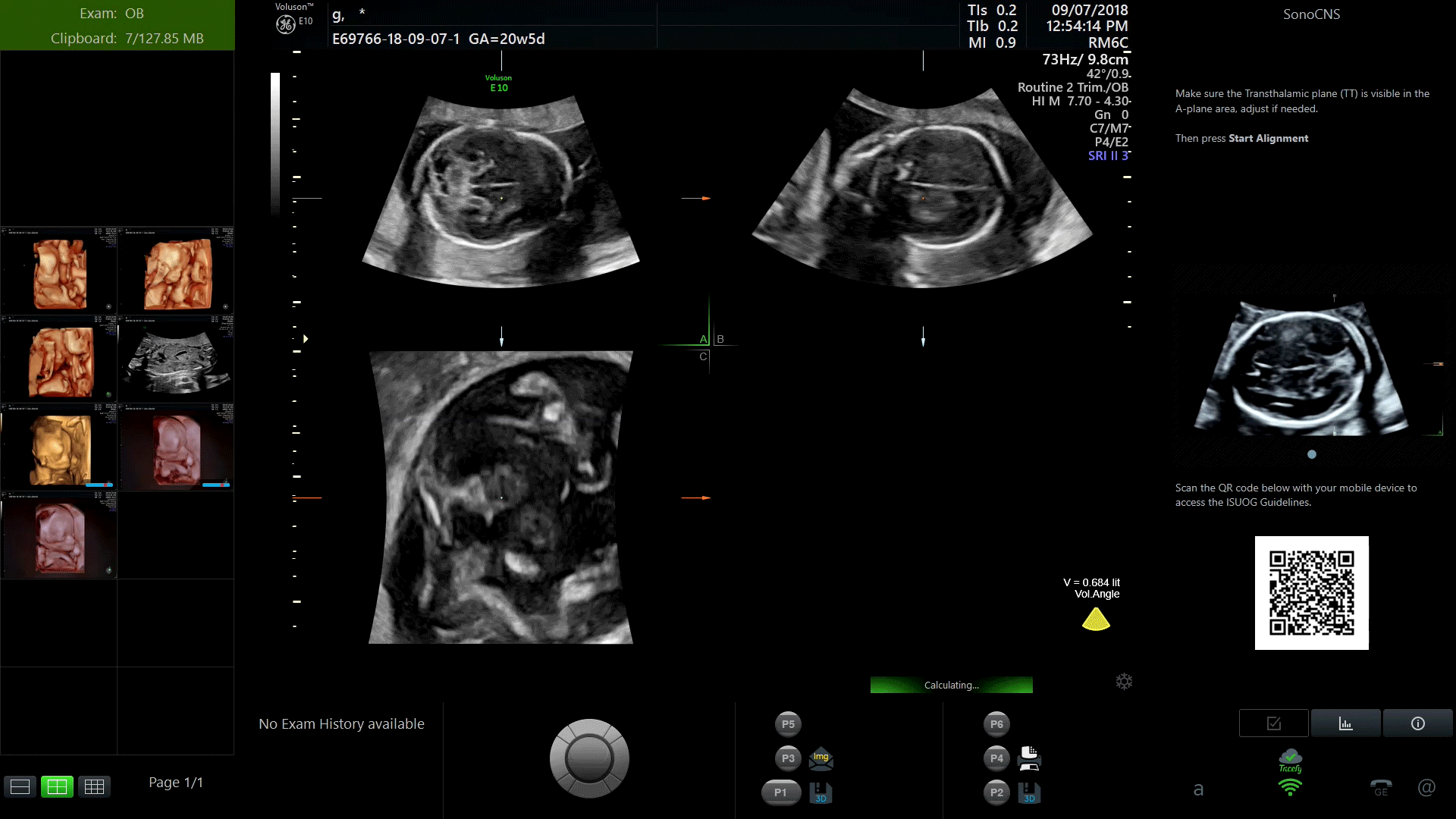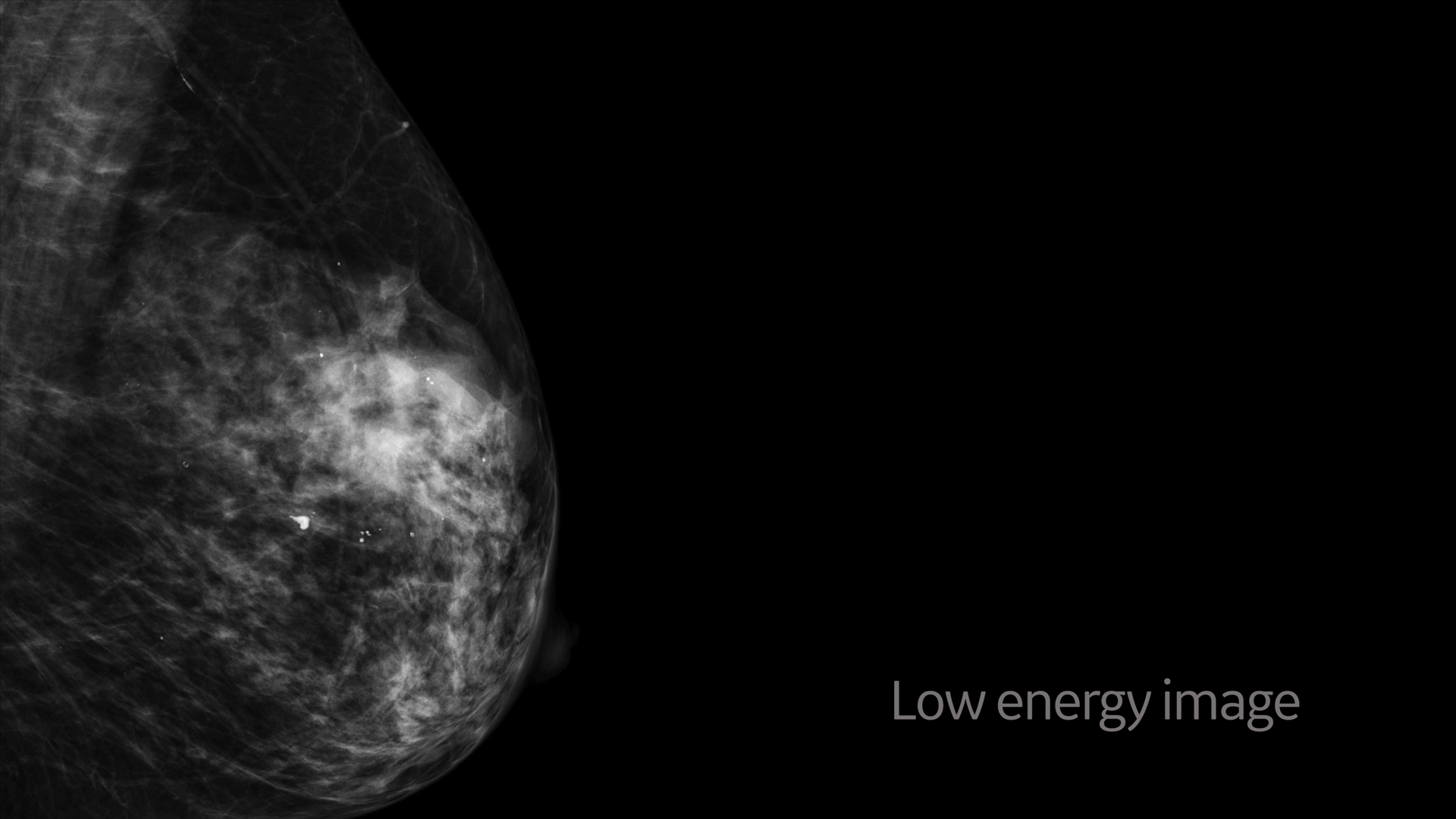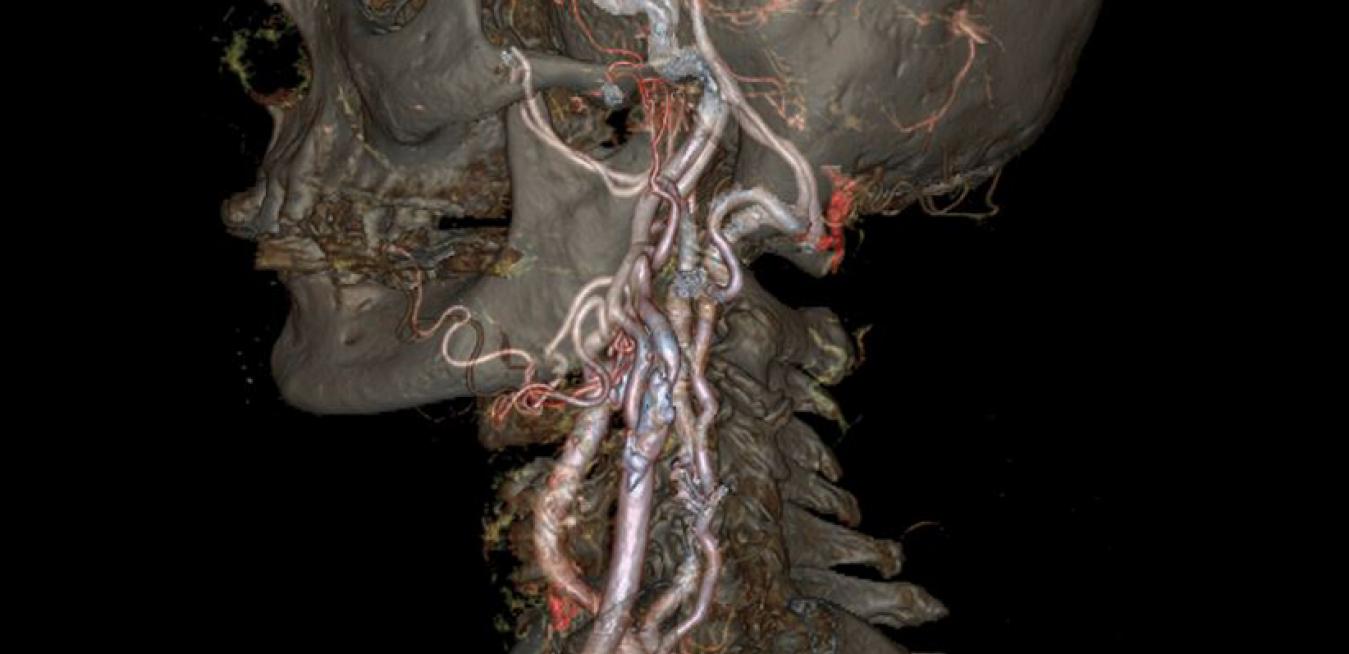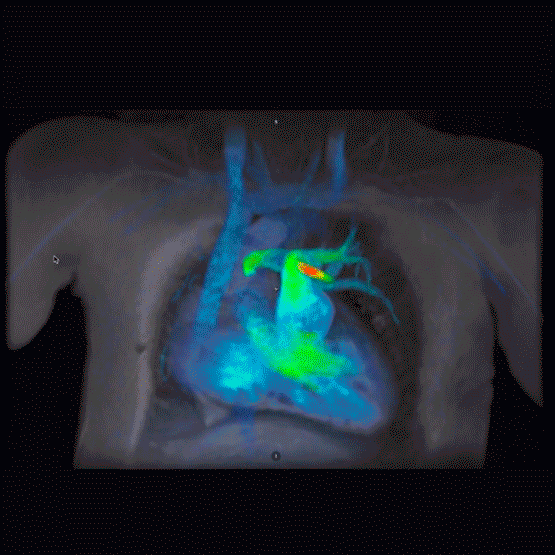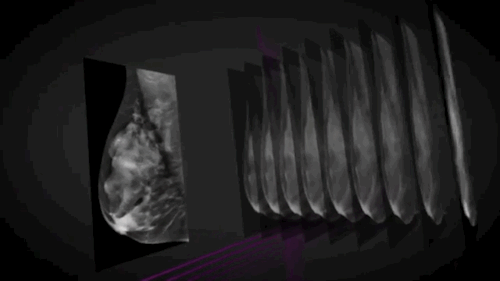As the healthcare industry feels the pressure of burgeoning costs and staff shortages, rapid advances in technology are playing a vital role in delivering efficient clinical care, from discovery and diagnosis to targeted treatment planning.
While the pandemic has left many hospitals struggling to meet backlogged demand, the benefits of the acceleration it prompted in digital healthcare and cutting-edge medical imaging technology are here to stay.
Every year after Thanksgiving, tens of thousands of doctors, hospital managers, equipment manufacturers and other medical industry professionals descend on Chicago for what might be the largest healthcare gathering in the world — the annual meeting of the Radiological Society of North America (RSNA). This year, however, was different as the action took place online for the first time in its 106 years.
Not much gets past Chad McClennan and his elite detective squad of owls (yes, you read that right). The “chief executive owl” of the healthcare startup Koios Medical, McClennan explains that several of his engineers were military sleuths before applying their talents to breast cancer detection. “They were working for a U.S. Army defense contractor, using facial recognition technology to catch bad guys in foreign lands,” he says. “They realized that the same techniques could be applied to radiology.”
In the hushed halls of the Universitario Quironsalud hospital in Madrid, there’s a new sound — the chatter of experts who are thousands of miles away helping doctors get the most out of their new high-tech diagnostic equipment.
In 1965, French radiologist Charles Gros built the first X-ray machine dedicated to screening breasts and effectively launched mammography as a viable breast cancer test. The machine, which was built by Thomson CGR, used a special X-ray tube developed by his colleague Emile Gabbay. It was made from molybdenum and emitted low-energy radiation that produced uniform images and contrast that allowed doctors to see breast tissue in greater detail.
